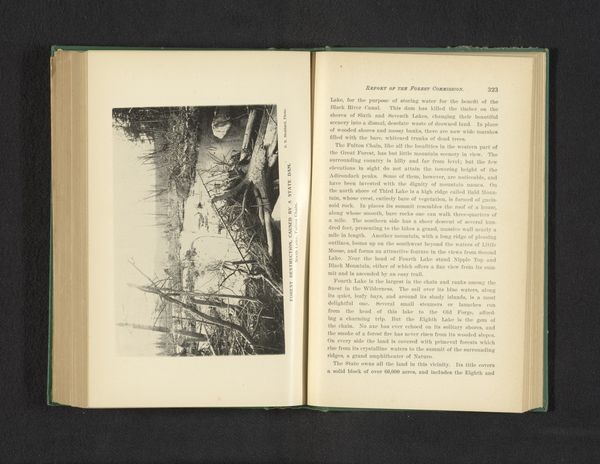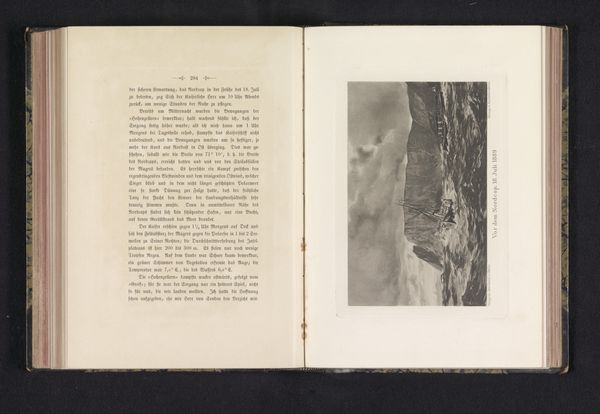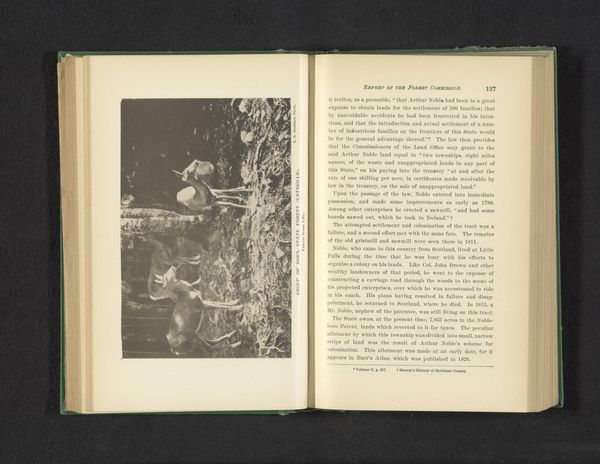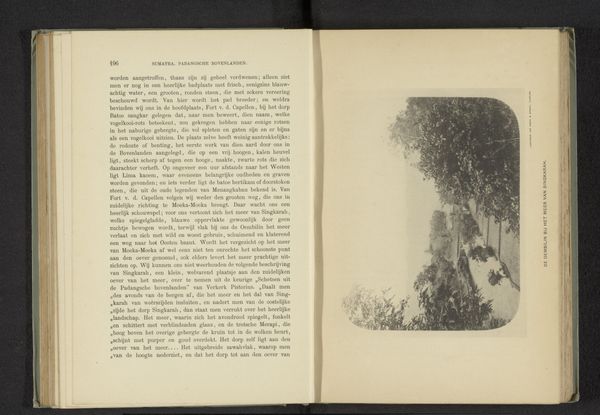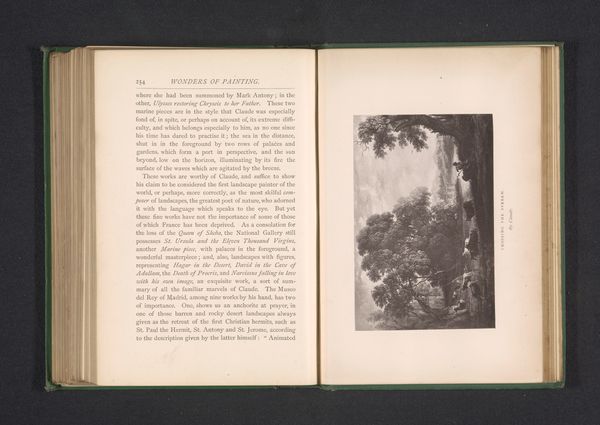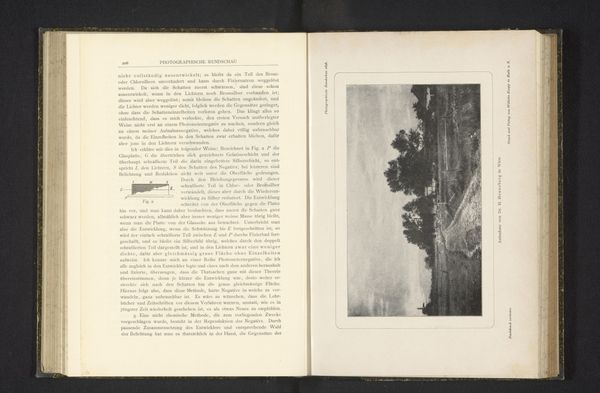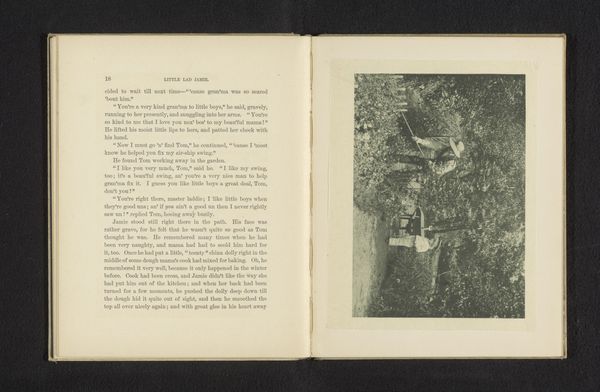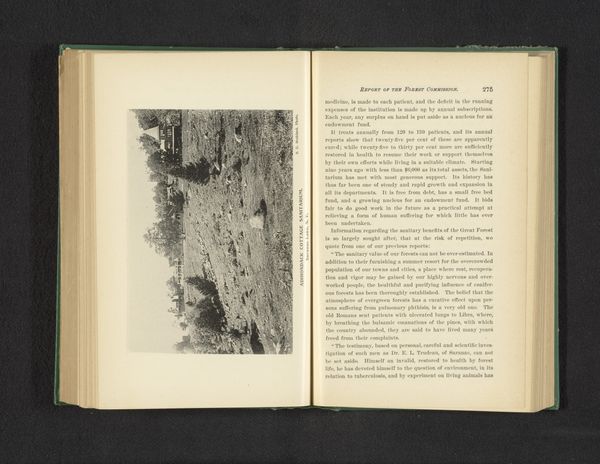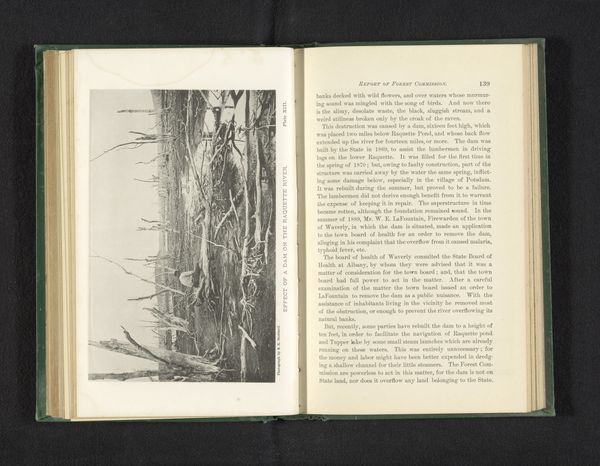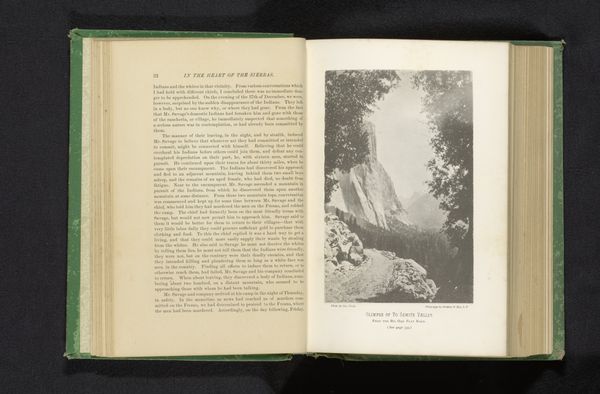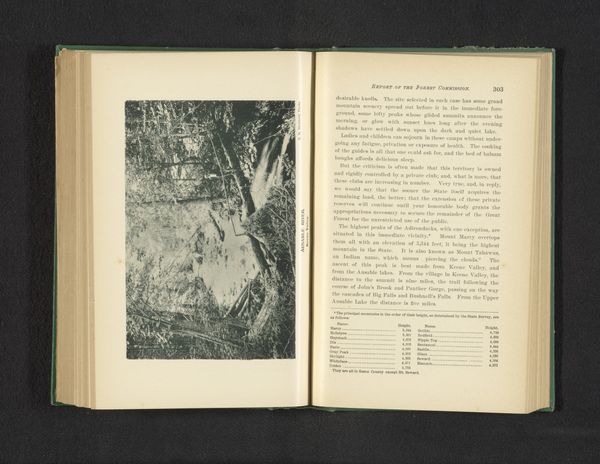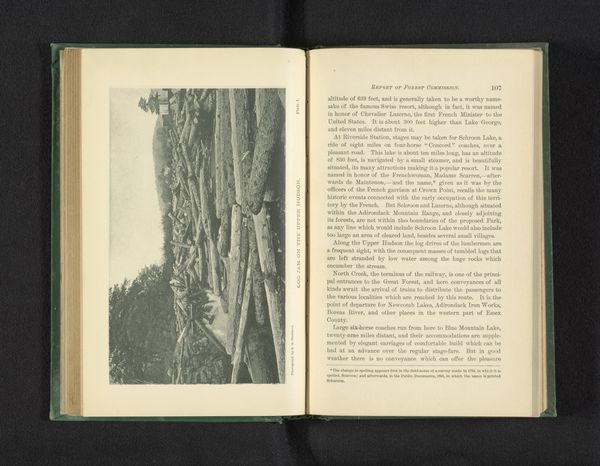
Dimensions: height 102 mm, width 179 mm
Copyright: Rijks Museum: Open Domain
Curator: I’d like to focus our attention today on Seneca Ray Stoddard's "Snowy Mountain. Beaver Meadows," a gelatin-silver print dating back to 1891. Editor: Right away, what strikes me is this incredible stillness. It's almost as if the scene has been frozen in time, even beyond the literal snowiness. There's a quietness to the composition, a feeling of isolation and purity. Curator: It's a photograph produced at a time when the romantic ideal of the wilderness, propagated in painting by artists associated with Hudson River School, were influential and informs Stoddard's work. Think of how Stoddard uses a gelatin-silver print, then the cutting edge technology, to efficiently capture a wilderness almost industrializing. Editor: True! I was thinking that contrast—between the industrial capturing of this photograph and that feeling of, well, untouchable nature. Does the medium itself sort of betray the promise of unspoiled wilderness? Curator: Precisely! The commodification of nature as a photographic image makes its inherent commercial appeal quite blatant here. The materiality becomes tied up in consumer culture very quickly, transforming our connection to it. Editor: So, what felt immediate and purely emotional on the surface has this complex underbelly related to the industry of art, mass production, and accessibility to the "wilderness." Which kind of changes everything! It gives a tension to the peaceful facade. Curator: And considering its time, right on the cusp of massive industrialization and urbanization, a photograph such as this represents an idealized rural escape. Editor: In the end, I see this beautiful dance between art, technology, nature and us, consuming and processing it all. And honestly, even if bittersweet, there’s so much truth in it.
Comments
No comments
Be the first to comment and join the conversation on the ultimate creative platform.
